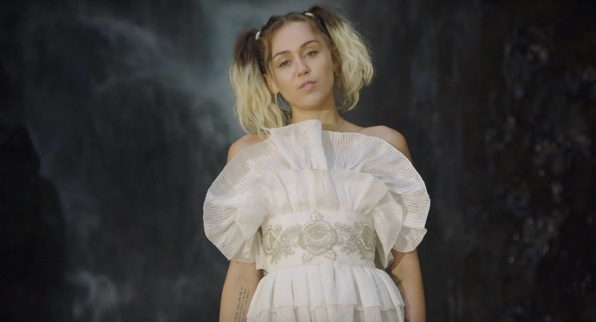Intertextuality
- Aeman Ajaz
- Dec 24, 2023
- 2 min read
Intertextuality in music videos involves weaving references, allusions, or quotations from various sources directly into the video. These sources encompass other music videos, films, literature, art, and cultural symbols. By integrating these elements, intertextuality enriches the music video, constructing a nuanced tapestry of references that deepens the viewer's understanding and enjoyment. The following are common ways in which intertextuality is utilized in music videos:
Film References: Directors often derive inspiration from classic films or iconic scenes, either recreating them or seamlessly integrating elements into the music video. This establishes a visual dialogue between the music video and the referenced films.
Literary Allusions: Both lyrics and visual elements in music videos may allude to literature, poetry, or religious texts, adding layers to the narrative and encouraging viewers to contemplate multiple levels of meaning.
Artistic References: Music videos occasionally incorporate visual motifs or styles inspired by renowned works of art. This connection enhances the overall aesthetic and conveys additional meanings associated with the referenced art.
Cultural Symbols: Artists frequently incorporate symbols or imagery with cultural significance, contributing to a broader conversation within the music video. These symbols may draw from history, mythology, or contemporary culture.
Cross-Textual References: Music videos may reference other music videos, either by the same artist or different musicians. This fosters a sense of continuity or homage within the medium.
Iconic Pop Culture Moments: Inclusion of moments from pop culture, such as memorable events or widely recognized images, helps establish a connection between the music video and a broader cultural context.
Narrative Connections: Some artists use intertextuality to establish a narrative connection between different songs or albums, creating a cohesive storyline or thematic link across their body of work.
Intertextuality in music videos is a creative strategy that invites viewers to engage with the video on multiple levels, prompting them to delve into the references and connections embedded in the visuals and narrative. This approach adds a layer of depth, enhancing the overall artistic experience and making the music video a more intricate and captivating piece of visual storytelling.


Comments